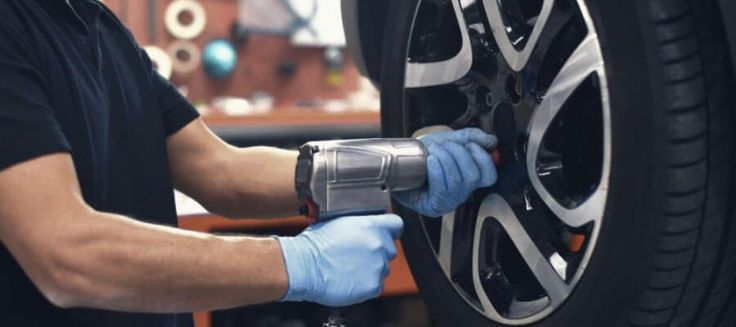Tyres play a critical role in ensuring the safety and performance of your vehicle. However, they often face issues that can compromise your driving experience. Understanding the most common tyre problems and their solutions can save you time, money, and stress. This guide will also highlight why investing in high-quality brands like Bridgestone tyres can make a difference.
1. Uneven Tyre Wear
Problem:
Uneven tyre wear is one of the most frequent issues drivers encounter. It can result from improper alignment, overinflation, underinflation, or suspension tyre problems.
Solution:
- Regularly check and adjust tyre pressure.
- Perform wheel alignment every 10,000 km or as recommended by your car manufacturer.
- Rotate your tyres every 8,000–10,000 km to ensure even wear.
- Invest in durable options, known for their even tread wear performance.
Looking for professional assistance? Search for a tyre shop to find experts who can handle tyre alignment and rotation.
2. Tyre Punctures
Problem:
Tyre punctures are common, especially on rough or debris-laden roads. Small nails, sharp objects, or potholes can damage the tyre, causing a flat.
Solution:
- Keep a tyre repair kit handy for emergencies.
- Avoid driving over debris whenever possible.
- Regularly inspect your tyres for sharp objects.
- For superior puncture resistance, which are designed for durability.
3. Cracks and Bulges
Problem:
Cracks and bulges in tyres often result from age, exposure to extreme weather, or high impact with curbs or potholes. These issues weaken the tyre structure, increasing the risk of a blowout.
Solution:
- Regularly inspect tyres for visible cracks or bulges.
- Avoid driving over potholes or hitting curbs.
- Replace aged tyres (typically after 5–6 years).
- Choose robust options, which are designed to withstand extreme conditions.
4. Low Tyre Pressure
Problem:
Driving with low tyre pressure can lead to reduced fuel efficiency, poor handling, and increased tyre wear.
Solution:
- Check tyre pressure monthly and before long trips.
- Follow the pressure recommendations in your vehicle’s manual.
- Equip your car with a tyre pressure monitoring system (TPMS).
High-quality brands maintain optimal pressure longer, reducing frequent checks.
5. Tyre Tread Wear and Depth Issues
Problem:
Worn-out treads reduce grip and can lead to unsafe driving conditions, especially in wet weather.
Solution:
- Use the coin test to check tread depth (minimum 1.6mm is required by law).
- Replace tyres if the tread is below the recommended depth.
- Consider Bridgestone tyres, which offer excellent tread longevity and superior grip.
6. Tyre Noise and Vibrations
Problem:
Excessive noise or vibrations while driving can indicate unbalanced tyres, uneven wear, or alignment issues.
Solution:
- Balance your tyres every 10,000 km.
- Check wheel alignment if vibrations persist.
- Inspect tyres for uneven wear patterns.
Switching to a quieter and smoother option, can significantly enhance your driving comfort.
7. Blowouts
Problem:
A tyre blowout occurs when the tyre bursts, often due to overloading, overinflation, or existing damage. Blowouts can lead to loss of vehicle control, making them highly dangerous.
Solution:
- Avoid overloading your vehicle.
- Inspect tyres for damage before long trips.
- Replace tyres at the first sign of weakness or damage.
Choosing high-quality tyres, such as Bridgestone tyres, reduces the likelihood of blowouts, offering peace of mind on every journey.
Why Choose Bridgestone Tyres?
Investing in premium tyres like Bridgestone tyres ensures you get durability, performance, and safety. Bridgestone’s innovative technology offers:
- Superior tread design for better grip.
- Enhanced resistance to punctures and wear.
- Improved comfort with noise-reducing technology.
Conclusion
Understanding the most common tyre problems and their solutions helps you maintain your vehicle’s safety and performance. From uneven wear to blowouts, each issue has preventive measures and solutions. Investing in top-tier options like Bridgestone tyres is a smart move for long-term reliability.



